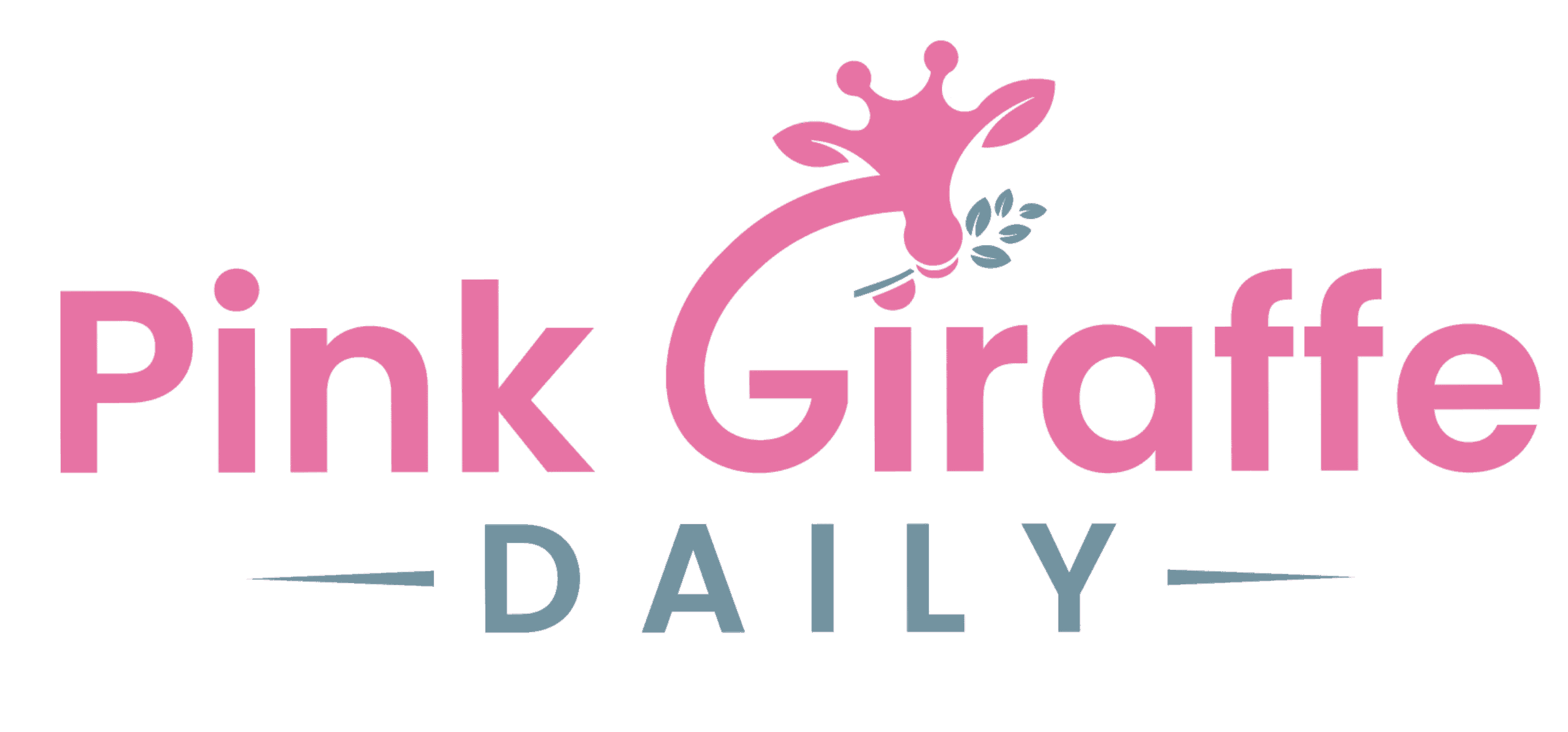In any organization, effective leadership is vital for guiding a group of individuals toward a common goal. Great leaders inspire and influence others, setting the stage for success. Meanwhile, ineffective leadership can have a negative impact, causing a multitude of challenges that affect the entire team and the entire organization.
Let’s explore the crucial attributes of effective vs ineffective leadership, and learn what distinguishes successful leaders from their less effective counterparts.
Table of Contents

Building Bridges: Great Interpersonal Skills
Effective leaders are masters of human connection. Their exceptional interpersonal skills form the bedrock of trust and rapport within the team. They are active listeners, valuing the input of every member. This creates an environment where new ideas flourish, igniting the spark of innovation.
Guiding the Ship: Prioritizing the Right Goals
Successful leaders have a laser-sharp focus on the ultimate objective. They discern the crucial tasks and align efforts with the grand vision. Their influence extends beyond their immediate team, resonating through the entire organization.
Empowering Innovation: Creating a Culture of Idea Generation
A hallmark of effective leadership is the ability to foster a culture of innovation. Great leaders encourage the generation of new ideas, recognizing that this is the lifeblood of progress. They create an environment where team members feel empowered to voice their suggestions, knowing that their contributions are valued.

Signs of Ineffective Leadership
Recognizing ineffective leadership is crucial for fostering a healthy work environment. Here are some common signs:
- Lack of Clear Direction: Ineffective leaders may fail to provide clear guidance, leaving team members feeling adrift.
- Poor Communication Skills: Communication breakdowns can create confusion and hinder progress.
- Resistance to Change: Inflexibility can stifle innovation and hinder progress.
- Low Morale and Trust: Ineffective leadership can erode morale and trust within the team.
- Failure to Empower Team Members: A lack of empowerment may hinder the growth and potential of team members.
Stifling Creativity: The Cost of Ineffective Leadership
Ineffective leadership can stifle creativity and hinder the emergence of innovative solutions. When senior management teams fail to nurture a culture of open communication and idea-sharing, the organization may miss out on valuable opportunities for growth and improvement.
In essence, the distinction between effective and ineffective leadership goes far beyond titles or seniority. It hinges on the leader’s ability to foster connection, inspire collaboration, and nurture a culture of innovation. The most effective leaders understand that their influence extends beyond their immediate team and resonates throughout the entire organization. They prioritize active listening, encourage new ideas, and consistently make decisions that align with the organization’s long-term vision. Recognizing and cultivating effective leadership is a crucial step toward building a thriving and forward-thinking organization.







